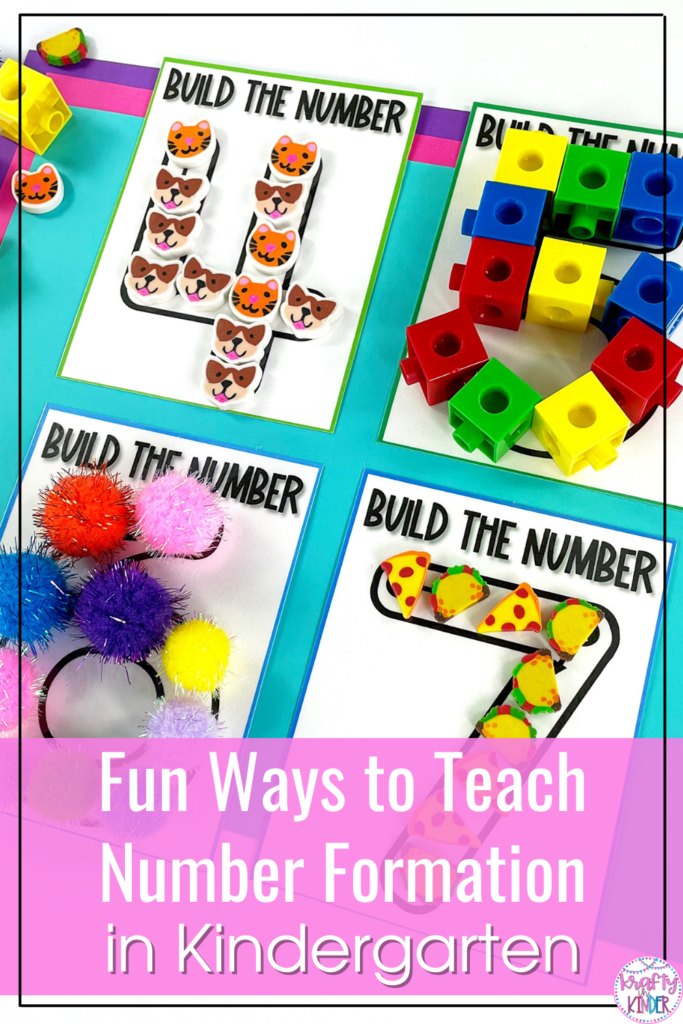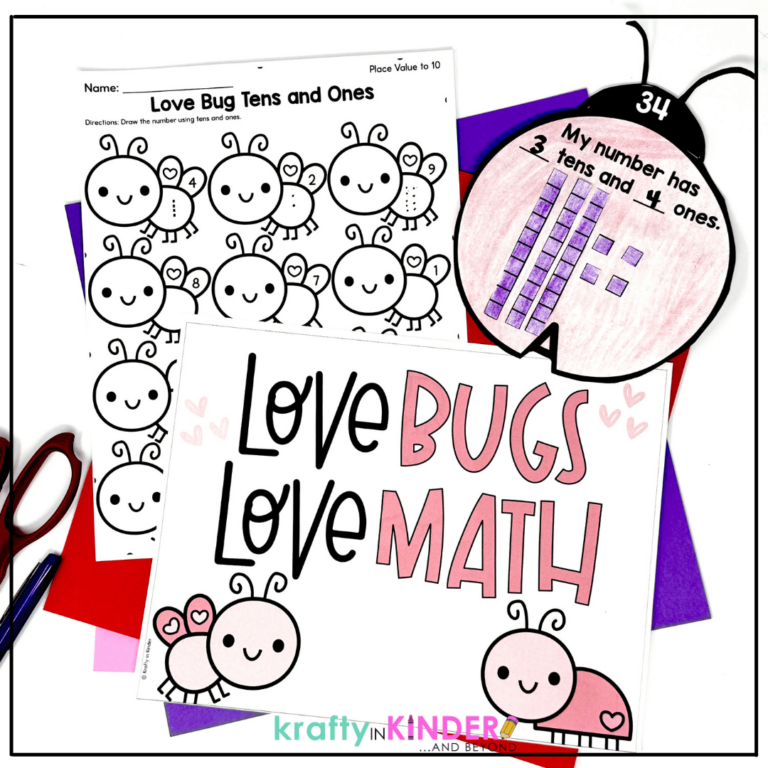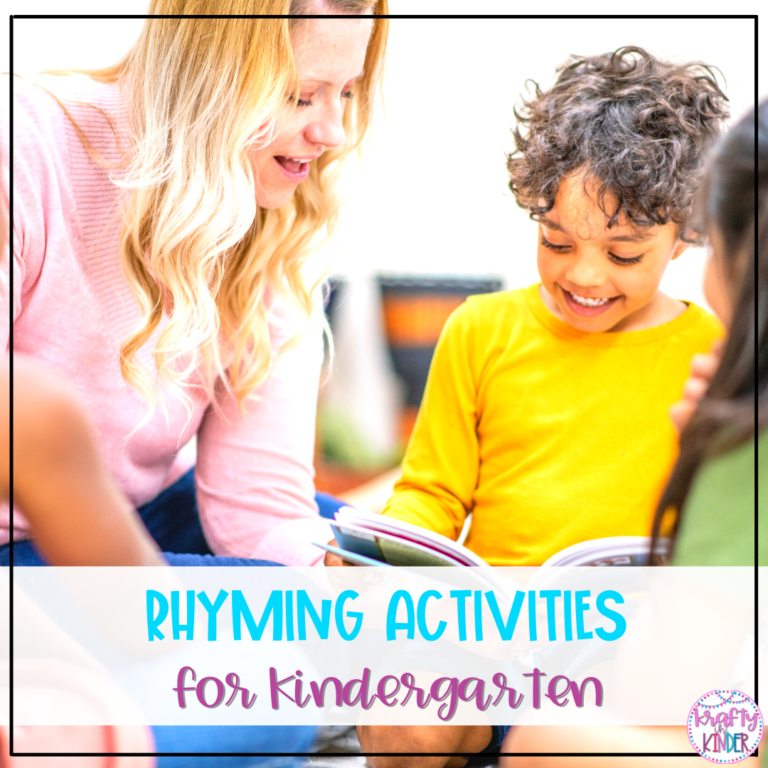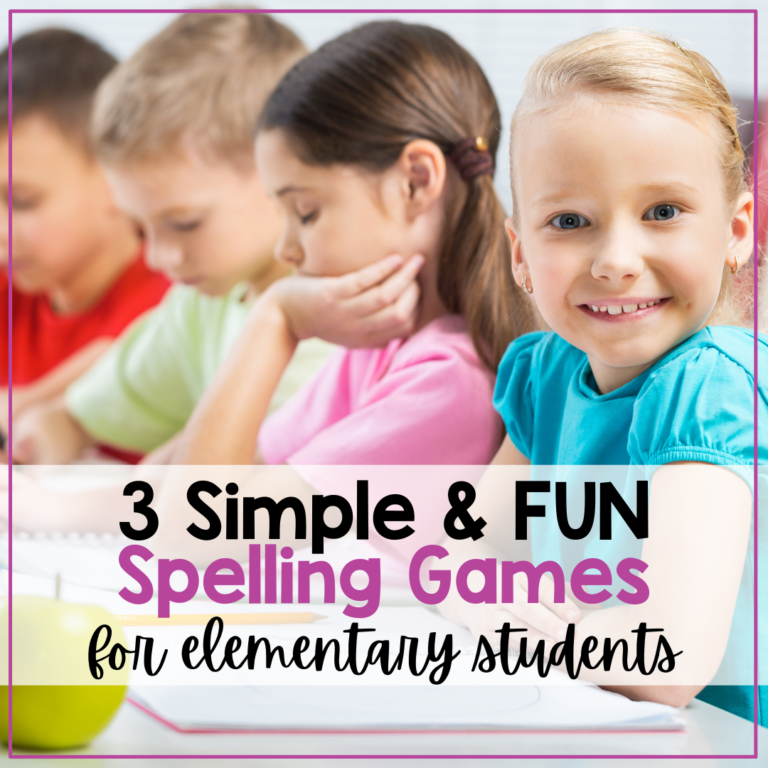Fun Ways to Teach Number Formation in Kindergarten
In kindergarten, we work hard all year long learning new math concepts. Number formation is one of those math skills that we spend much of our time on throughout the year. To master number formation kiddos need lots of practice and as with anything you’ll be spending a lot of time on, the key is keeping engagement high! If you’re looking for fun new ways to teach number formation in kindergarten, I’ve gotcha covered!
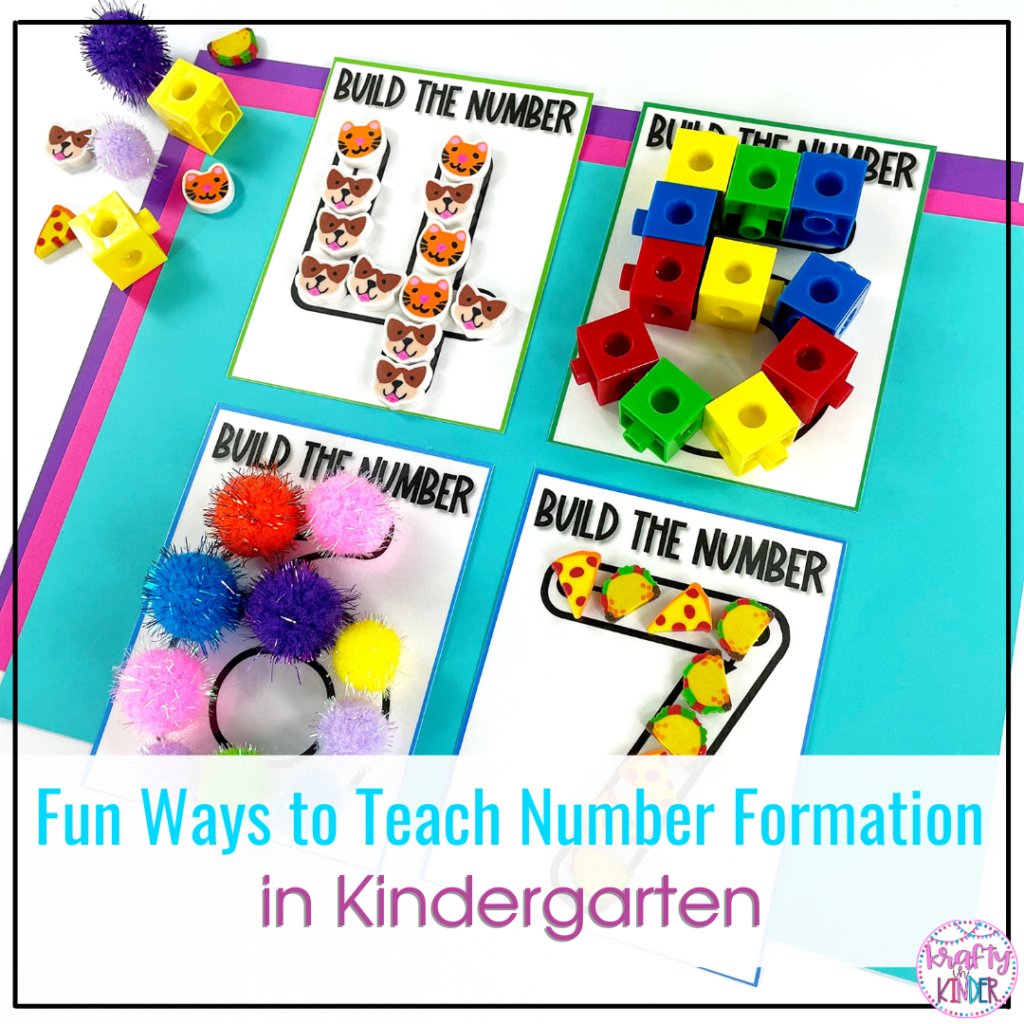
The Importance of Number Formation Skills
Teaching number formation simply refers to instructing students on how to use the correct path with their pencils when writing their numbers. As with letter formation, this takes practice and exposure! Learning proper number formation is not only a kindergarten standard, but essential for progression in more advanced mathematics concepts.
Teaching your students proper number formation will serve as a method to increase hand strength and practice fine motor skills too! Many kiddos come to my classroom with little to no prior experience with writing so plenty of practice with fine motor activities are key to their success. Learning proper number formation also helps children gain the ability to quickly and easily represent numbers. This skill helps our students to be able to quickly write their answers down and helps prepare them for more advanced concepts.
Introducing Number Formation with Posters and Poems
Now that we know why we should spend some time on this topic, let’s dive into the how! In kindergarten, we spend a lot of our time singing songs, reciting chants, and using poems to help teach specific skills.

Children at this age are excited by all things musical, meaning if you’d like to help them master a new skill – using a rhyme is a great way to do so!
I always use this to my advantage when teaching number formation to my students. When I first start introducing this math concept to my kids, we focus on just one number per day.
I like to use these number formation posters with my whole class and teach them the little rhyme for each number. The rhymes are short and catchy, with the idea that they will help mentally prompt students as they practice number formation.
For example, our rhyme for number one goes like this: “Straight line down, and then you’re done. That’s the way you make a one!” My students catch on to these simple poems very quickly, and they’re really helpful as we practice this skill.
I like to introduce each number in whole-group format and trace the path with my finger as I say the rhyme. Then, I will invite students to come up and do the same. It’s fun to hear the students repeat the poem back to me as we practice!
Practicing Number Formation
After we’ve introduced a new number formation poem, it’s time to practice! The number formation posters we use for introduction also come in a smaller size that prints four to a page. These are perfect to use as a guide when practicing letter formation in shaving cream, sand trays, and other sensory materials.
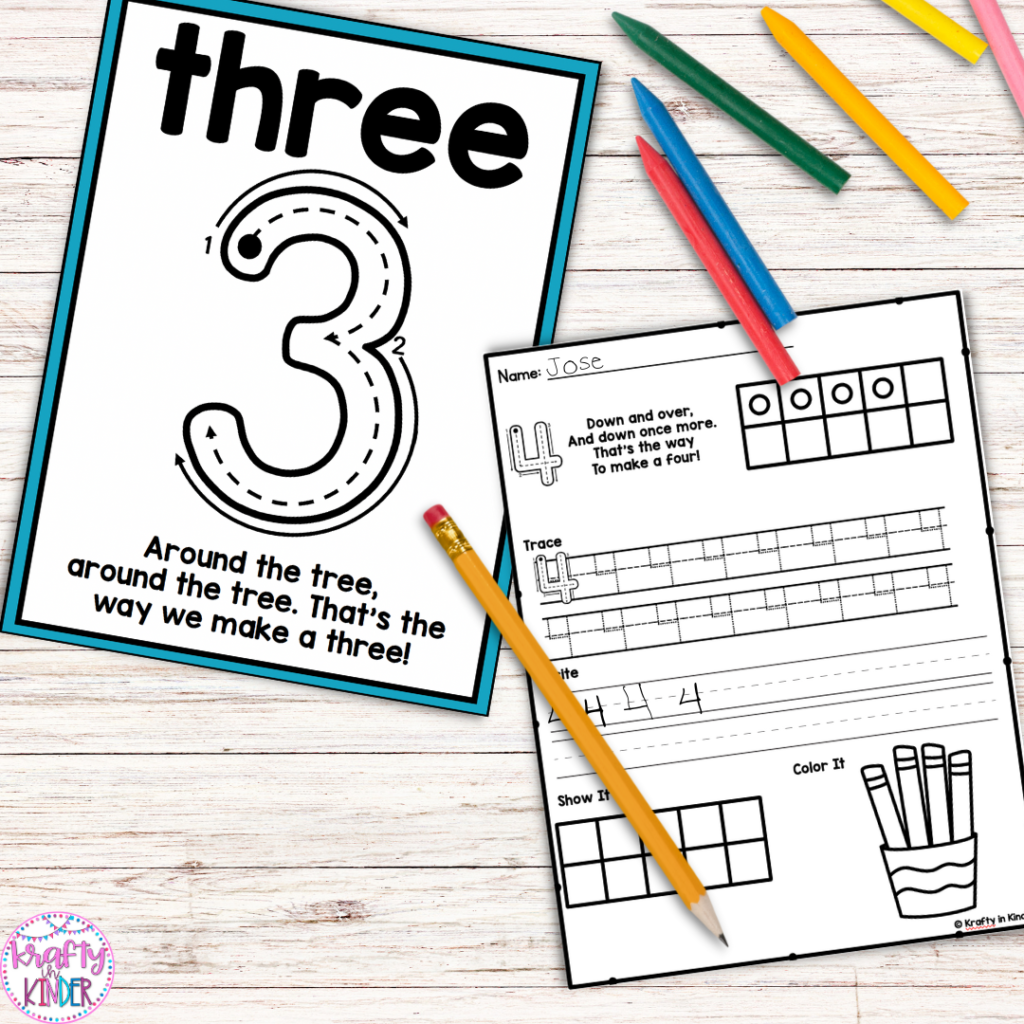
I like to print these mini posters off and store them in our math center on a binder ring for easy reference. This resource also comes with number strips. I like to print one of these for each student to use after we’ve learned each number poem.
Aside from the sensory writing activities, we also use no-prep worksheets to further fine-tune our number formation skills. After introducing each new number we complete a worksheet that focuses on that number. The worksheet displays the poem, a tens frame representation of the number, and tracing and writing activities along with a few other fun math activities.
We work on these in centers and small groups one by one until we have a page for every number from 1-10. Finally, we add a cover sheet and bind our pages into a book. These worksheets also make a great activity to send home as homework or leave behind in an emergency sub-tub. Kiddos can always use more practice with number formation after all!
Using Hands-On Number Formation Activities
Our practice with this topic doesn’t end here! We continue working on number formation for 0-10 through lots of other fun and engaging hands-on learning activities, too! These activities are among my students’ favorites since they use tactile learning materials that they love. These activities are perfect for center time or morning tubs as you work on cementing this skill with your students.

1. Trace & Count Cards
First up, let’s chat about a fun way to practice both number formation and counting to ten. These trace and count mats are an extremely versatile activity that you can use all year long. This activity features a picture of a jar with buttons in it that students will count. After counting they trace the number.
I like to prep these ahead of time and laminate them. Then, all I need to do is pop them in a bin with some dry-erase markers and we have an instant center activity or morning tub option!
You can also print multiple copies and staple them together as a 0-10 booklet for students to take home. They can color each button as they count them, and rainbow write the number for even more practice!
2. Number Formation Play Dough Mats
I have yet to meet a kindergartener who doesn’t love play dough. It’s just SO fun!

Play dough is one of my favorite materials to use for number formation since it also targets hand strength and control as students shape their play dough “snakes” into numbers.
The mats we use focus on building the number out of play dough and representing it with a tens frame.
I definitely recommend laminating these since playdough will stick to the paper otherwise. The nice thing about laminating them is that they’ll last longer too!
This is important since you’ll likely use this activity all year long. Simply swap out the color of the play dough to reflect the current season or holiday you’re celebrating. And for a change of pace, you can also use Wikki Sticks or sticky yarn in the same way you would playdough.
If you don’t have any playdough, don’t worry! Just swap it out for your favorite manipulative or use some pom-poms, or mini erasers to build the number and then show it in the tens frames.
3. Tracing Cards
This resource also includes tracing cards that are great for continued practice with number formation.

Personally, I like to laminate the tracing cards and let my students use them with dry-erase markers.
When prepped this way, they make a great addition to your morning tub rotation that you can use throughout the year.
Kiddos will trace the numbers on their strip, erase, and trade them with a friend. This is a great time to encourage your students to recite their number formation poems as they write too!
Alternatively, you can also print these out on regular paper to use as worksheets. I like to keep a few of these on hand and ready to go in a desk drawer. That way, any time we have a few extra minutes to spare, I can pull them out and give my students some extra, no-prep practice with tracing their numbers!
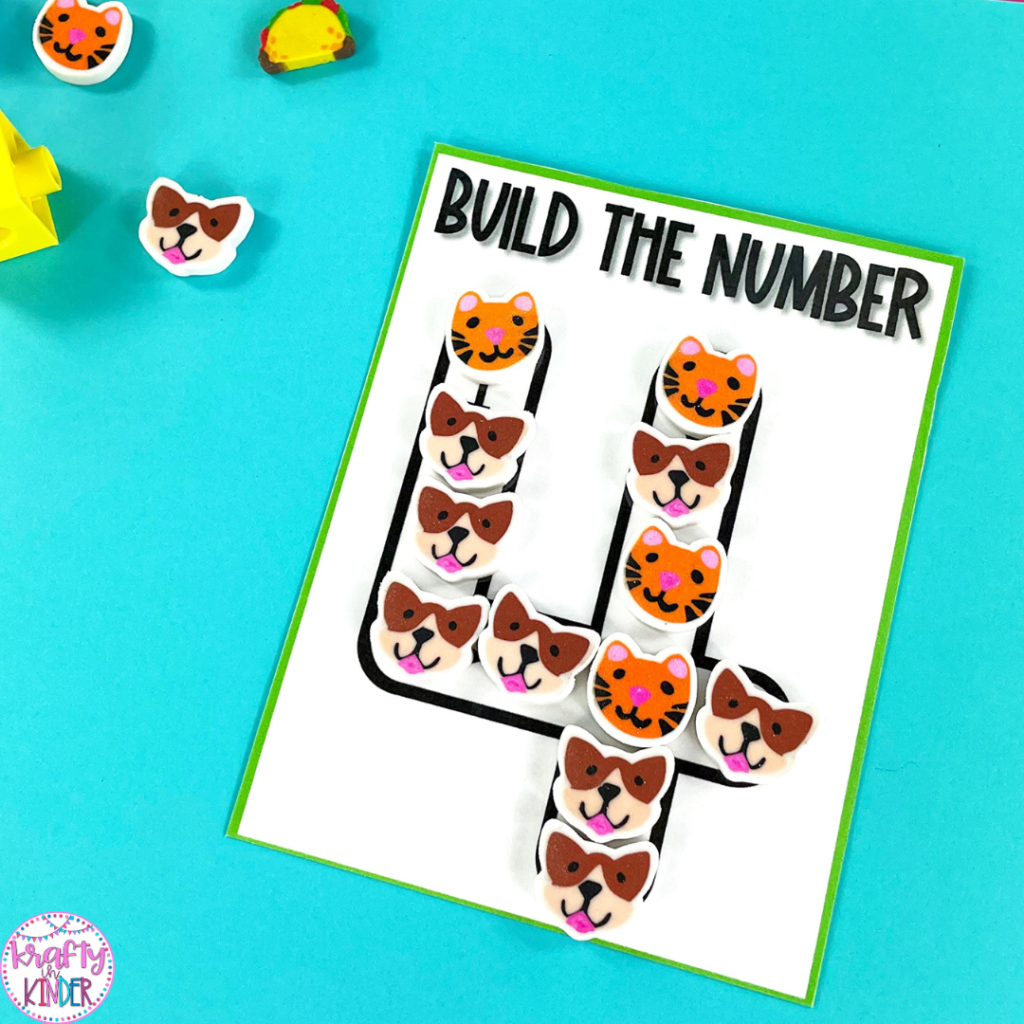
4. Build the Number
Next up, this one is a student favorite! In this activity, students will work on building the number with some kind of manipulative. The options for this one are literally endless. In the past, I’ve used:
- counting cubes
- cotton balls
- mini erasers
- pom-poms
- cereal, and more!
You can use just about anything you have lying around in your room for these and adapt them to the seasons as well! For back-to-school time, start out with colorful counting cubes. In September, try mini apple-shaped erasers, and in October grab some plastic spiders from the dollar store. Switching things up with the seasons will help this activity feel fresh and fun! Your students will LOVE this activity for practicing number formation all year long.
Even More Practice for Number Formation
If you’re looking for even more fun ways to help your students master number formation, I’ve got one more activity that I know you’ll love! In my Pop-It number formation activities, students will use fidget poppers to practice their numbers. This resource focuses on numbers 0-20, so you’ll have plenty of options to choose from. Simply choose the cards for the numbers you are currently working on. As you teach more numbers, add those cards to the mix.
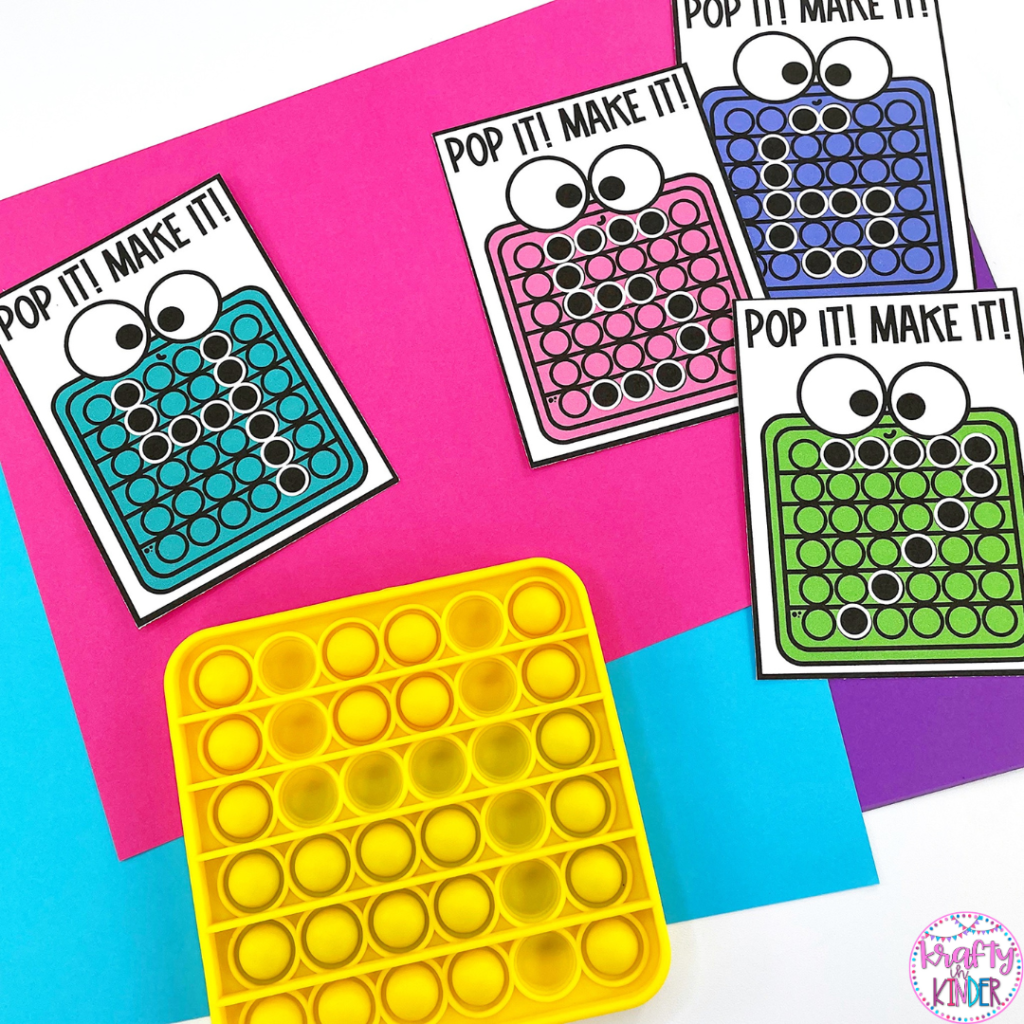
These activities use task cards and recording sheets, making them perfect for write the room activities. There are multiple options included as well as a Google Slides version! We use these activities a bit later in the year, once my students are well-versed in basic number formation and getting the hang of things. These activities are great for center time and independent learning and the use of the fidget popper is a nice way to change it up.
You can take a closer look at all of these activities including the posters and worksheets, hands-on learning centers, and Pop-It activities in my TpT shop. No matter how you choose to teach these skills in your classroom, I highly recommend using variety to keep things interesting. Our students need lots of practice with this topic, but no one said it has to be boring! Switch things up and have fun teaching number formation to your students this year!
More Fun and Engaging Math Ideas
If you are looking for more fun and engaging math ideas for your primary classroom, make sure to check out these posts:
- 3 Fun Ways To Freshen Up Your Math Centers
- Math Games Make Mastering Addition Easy in First Grade
- Data and Graphing Activities for First Grade
Save This Post
Pin this post on Pinterest to keep these number formation teaching techniques close by!
